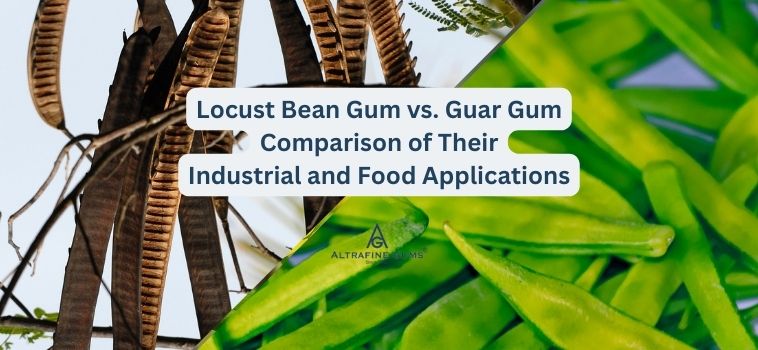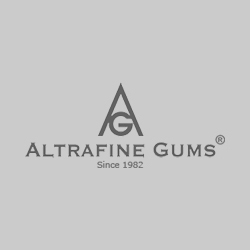Locust Bean Gum Powder
Locust Bean Gum vs. Guar Gum: A Comprehensive Comparison of Their Industrial and Food Applications
Introduction: Understanding the Significance of Natural Gums in Industries Natural gums have become indispensable in multiple industries due to their ability to stabilize, thicken, emulsify, … Continue reading
Locust Bean Gum Powder For Food And Pet Food Application
Locust Gum is a variant of Galactomannan extracted from the carob tree. The seeds of this plant are dried to make a powder to be … Continue reading
Difference between Locust Bean Gum Powder and Guar Gum Powder
Locust Bean Gum Powder and Guar Gum Powder are been used in industries. This gum powder is used as a natural food additive, thickening agents … Continue reading
Natural vs. Synthetic Hydrocolloids and Industry Preferences
Hydrocolloids are water soluble and dispersible polysaccharides that are also referred to as food gums. The products also produce viscous dispersions called gels. In usage … Continue reading
Find Out the Multiple Properties of Locust Bean Gum Powder and How They Stay Significant for Industrial Applications
Origin of Locust Bean Gum Powder Locust or carob bean gum is extracted by processing the endosperm of the catatonia siliqua bean seeds. This bean … Continue reading


